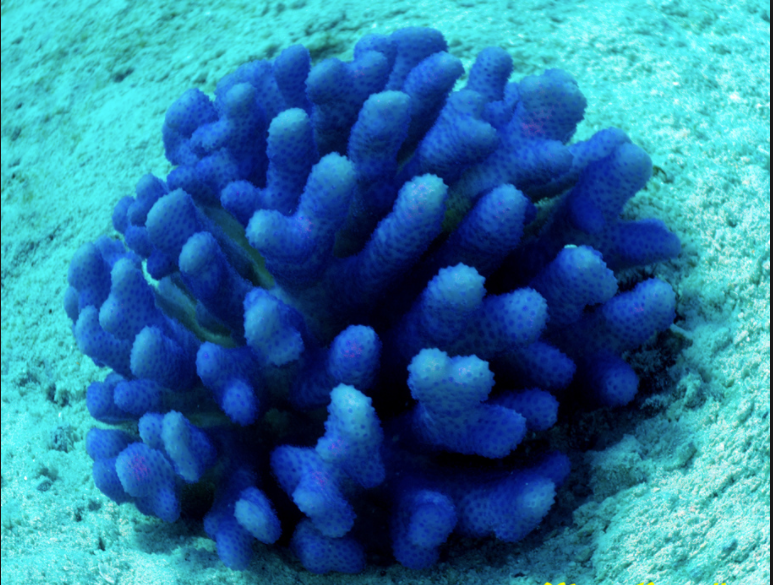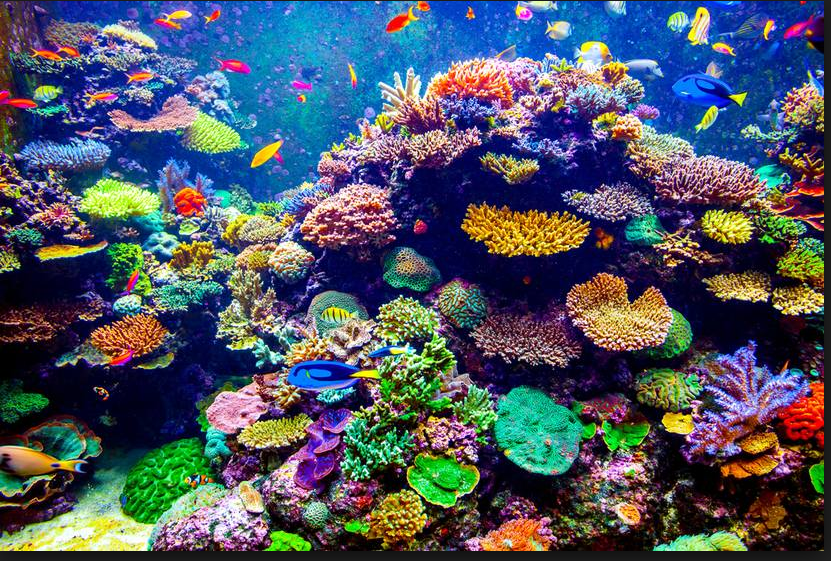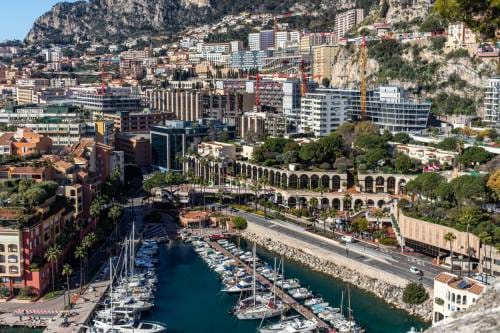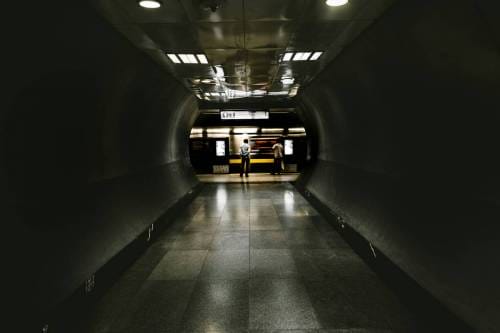Monaco (The Monaco Science Centre, CSM) has just made an important scientific breakthrough together with its research partners in a study of one of the main species of coral which make up the coral reefs. The sequencing of the genome is at last unveiled.
500 million people have societies and livelihoods that are impacted by any negative impact on the ecosystem surrounding the reefs. Global warming and acidity levels in the Oceans are making themselves felt on the biology of the coral systems. The blanching effect on significant areas of coral is evident. Scientists are searching for solutions to protect this vitally important ecosystem. The coral lives in symbiosis with unicellular photosynthesising algae that provide the coral with nourishment. That much we know. More scientific understanding of the coral and its role in the surrounding ecosystem is needed in order to protect it so that it will continue to flourish for future generations.
That is why this recent scientific advance by Monaco and its research partners is so important – they have at last sequenced the genome of what is called the “robust” species of coral. That opens up research that leads to a better understanding of the immune system of the coral and why and how it surrenders to new polluting and climatic changes. Why does the symbiosis breakdown; what are the coral’s mechanisms for adaptation to change – critical questions requiring answers that only further targeted research will provide.

There are two main species of hard coral that comprise the reefs. The sequencing of the genome of the other species – called “complex” was cracked six years ago. That species turns out to be more similar to vertebrates than one might imagine. The “robust” and the “complex” have, subject to further research, quite different structures. The “robust” whose genome has just been sequenced is called Stylophora pistillata and is well known to serious students of advanced biology.
How can this be that these two species of coral have such different structures? Evolution may explain this as the evolution of coral goes back 430 million years. But there appears to have been a split about 230 million years ago and since then the two species have taken different evolutionary paths.
Imagine the lives of 500 million people being in balance. The stakes are high enough that Prince Albert of Monaco with the Prince of Wales with his foundation and Queen Noora of Jordan have formed “Coral Reef Life” to focus on protecting the coral reefs; otherwise at the current rate of degradation the reefs will be effectively destroyed by 2050. Monaco’s (CSM) research partners in the genome project are the King Abdullah University of Sciences in Saudi Arabia (Kaust) and the Free (Libre) University of Brussels, Belgium.
More awareness, more knowledge, eventual solutions. That is the arc of progress that Monaco and Prince Albert are championing at the international level.









